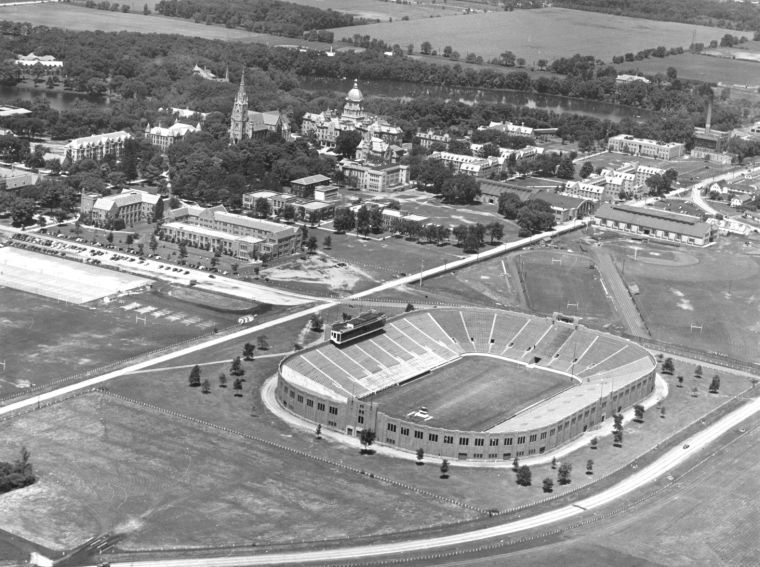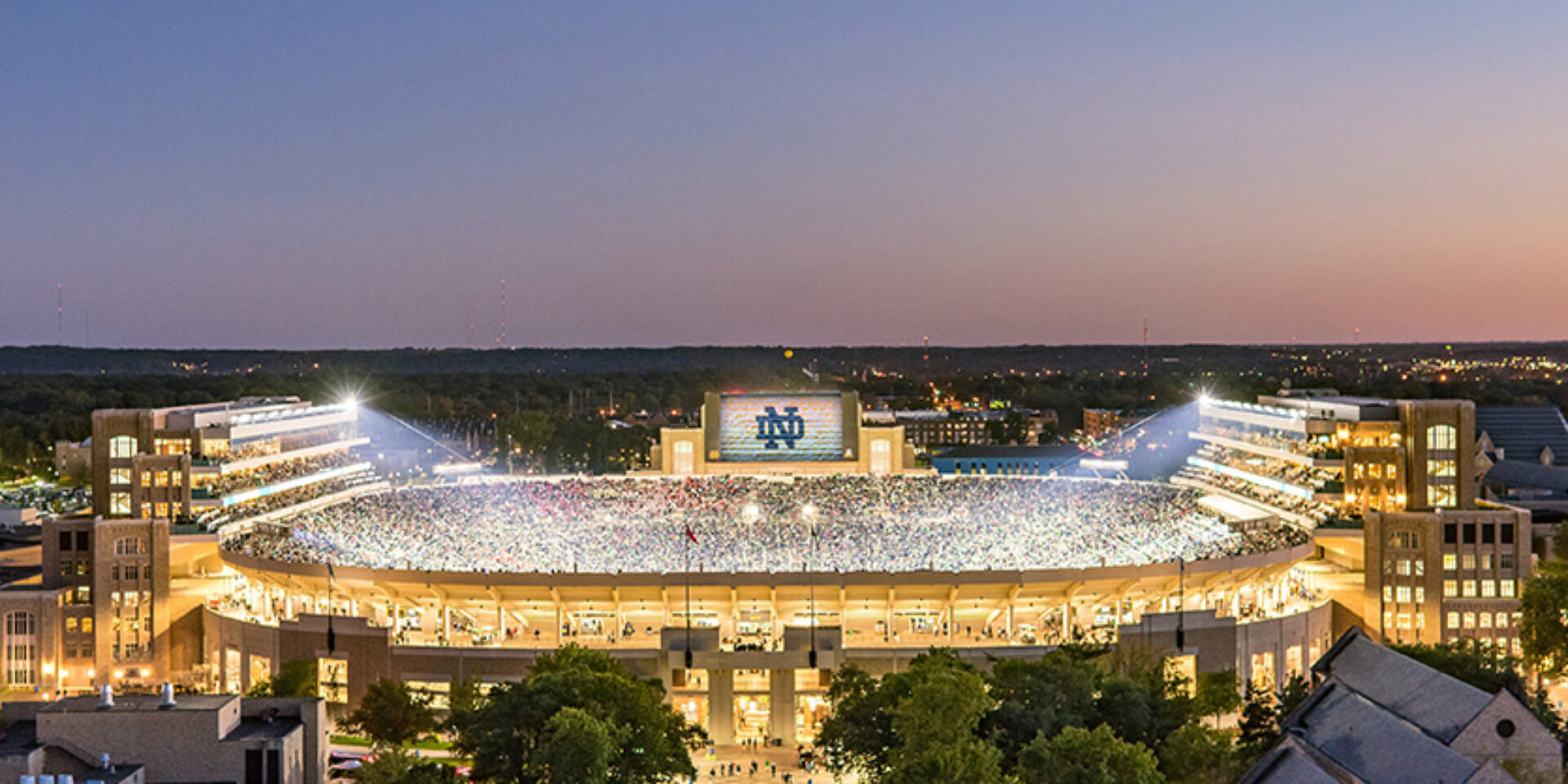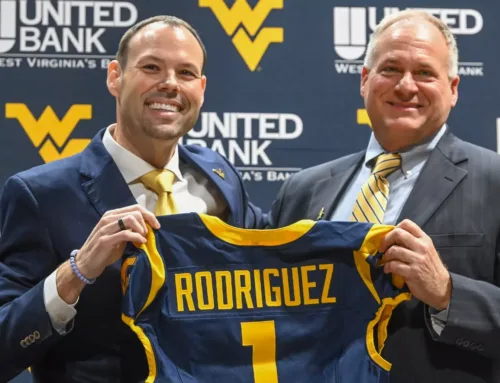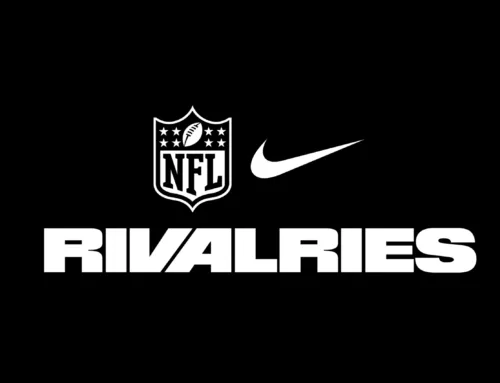Notre Dame has been playing football for 135 years and along the way some momentous decisions were made to shape the history of this storied program now entering a daring new phase of college sports. This off-season, we look back at the 10 best decisions made for the Fighting Irish in the decades past.
#8
Building Notre Dame Stadium
Just about every college in the nation has built their own stadium so why would the situation at Notre Dame really be any different or special? Ah, this is Notre Dame we are always prepared to make the case that we are special!
Building this stadium was important for a few reasons. One, it signaled that Notre Dame was going to remain serious about its college football program. After dragging their feet over the costs of such a large project, head coach Knute Rockne submitted his resignation over the matter. It didn’t last long as University president Charles O’Donnell (then in his first year as head of the school!) caved to Rockne’s requests.
Ultimately, it made sense financially for Notre Dame to commence a new stadium.
Following the 1928 season (one of the worst of the Rockne era by the way) the football team brought in, using today’s dollars, around $8.5 million in profits. The school then sold 240 “reserve seat boxes” for 10 years in the new stadium which brought in almost $3 million more to the University coffers. Voila, using these funds Notre Dame was able to fund the project without going into debt.


A lot has changed in almost 100 years.
Choosing not to build the stadium in 1929 could’ve had some serious butterfly effects for Notre Dame. The school found out what the chaos was like a couple years later without Rockne around but if he left after 1928 it might have been much worse. It’s very possible that Notre Dame football could’ve dried up and withered away like the University of Chicago did just a decade later.
Keeping the old Carter Field around realistically wasn’t much of an option, at least for that long of a time. The temporary nature of the seating meant that eventually the school would’ve been forced to build something more permanent and larger. However, it’s interesting to wonder if they waited how that could’ve affected the long-term planning of campus.
Without moving off the Cartier Field site, the Hesburgh Library might not have been built in its current form and we’d never know what Touchdown Jesus means. So much history could’ve changed completely.
Now that Notre Dame Stadium has evolved and gone through 2 renovations (using today’s money the stadium has nearly $600 million sunk into it) it’s a different home but still one of the iconic must-visit places in world sports. With something different or generic Fighting Irish football might not be where it is today.





Wait, where was Carter Field? Stepan/library?
You can see the footprint of it in the black and white photo. It was just north of the current stadium and south of Touchdown Jesus, set on a NW/SE angle.
Can I assume that the decision to renovate the bathrooms ranks higher?
As an aside, any renovation that could affect the stability of the stadium requires a contractional monitoring of any change. A movement of 1/16 of an inch requires the contractor to suspend operations for inspection.
Does anyone here know offhand why they built the stadium there and not, say, on what is now South Quad? IIRC Alumni and Dillon were built during the Depression, so those would not have been in the way, and from that black-and-white picture it looks like there was otherwise a lot of space.
Dillon, Alumni, and the stadium were all built around the same time, 1930-31. I assume they picked that site for the stadium because it’s where Cartier Field was.
As best I can tell, ND’s athletics facilities have always been on the east edge of campus.
This is correct, always on the east side of campus. Granddad was a chemistry teacher there when the Rock was as well, and when he became Dean of Chemistry was on the faculty advisory board for construction — btw, of course, most of the decisions about building as pointed out above (Alumni etc.) were made before the ’29 crash.
Which is prelude to saying — GREAT story, Eric!!!!!!!
Here’s a related question I’ve wondered from the stadium occasionally, does anyone know what broadcast this was snipped from that’s part of the pre-game hype video now?
Notre Dame Stadium, college football’s cathedral.